One of the most underrated parts of physical health is flexibility. When people talk about exercise, power and endurance are often the main topics. However, flexibility is just as important, especially for keeping your movement, balance, and general quality of life. Getting more flexible and less stiff can make a huge difference in how you feel and move every day, whether you’re stiff from sitting all day or your mobility is slowly getting worse as you age.
Understanding Flexibility And Stiffness
When you say that you are flexible, you mean that your muscles and joints can move in all the possible ways. When someone is stiff, on the other hand, they may only be able to move in a limited or painful way. This can be caused by tight muscles, joints that won’t move, or inflammation.
This is a familiar problem, especially for people who don’t move around much, work at a desk for long hours, or are healing from an accident. The good news is that being stiff doesn’t last forever. No matter how old you are or how active you are now, you can get your flexibility back or even improve it with steady work.
Common Causes Of Reduced Flexibility
Less flexibility and chronic stiffness are caused by a number of things, including:
- Inactivity: Muscles like the hip flexors and legs get shorter over time when you sit for long amounts of time. This makes them less flexible.
- Bad posture: Hunching or slouching can throw off the balance of muscle groups, which can make the neck, shoulders, and back feel tight.
- Connective tissues naturally lose their flexibility as we age, which makes it harder to move around easily.
- Dehydration: For muscles to work at their best, they need to be properly hydrated. When they don’t have it, they get tight and stiff.
- Stress: Tension often shows up in the body. Stress that lasts for a long time can make your shoulders, head, and whole body stiff.
You can take more focused steps to improve your flexibility once you know what makes you stiff.
Daily Habits To Improve Flexibility
Stretching isn’t the only way to get more flexible. The way you live every day is important. Here are some very important skills to start with:
- Move more, sit less: Interrupt extended periods of sitting with brief walking or gentle stretching. It can help to stand up and move around every 30 minutes.
- Consistently drink enough water. This will help keep your muscles and joints lubricated.
- Eat for mobility: Leafy veggies, berries, omega-3-rich fish, and nuts are all anti-inflammatory foods that are good for your muscles and joints.
- Prioritise sleep: When you rest, your muscles heal and get stronger. Cortisol, the stress hormone, is also lowered by good sleep, which can help loosen up muscles.
- Check your posture: Using standing desks, ergonomic chairs, and checking your balance several times a day can help keep your muscles from having to work too hard.
Stretching Techniques And Routines
Stretching is the best thing you can do to become more flexible. But not all stretching is the same.
To do static stretching, you have to stay in one place for 20 to 60 seconds. To stretch and rest muscles, this type works best after a workout or during cool-downs.
Active actions that take joints and muscles through their full range of motion are part of dynamic stretching. This kind of stretching is excellent for warming up to get more blood flowing and lower your risk of injury.
Key Stretches To Include:
- Do neck and shoulder rolls to relax your upper body.
- Cat-cow stretches and spine bends can help make your back more flexible.
- Leg exercises for the hip flexors and hamstrings
- Stretches for the calves and ankles to help with balance and movement
Start by stretching every day for 10 to 15 minutes. Gains in flexibility take time but are well worth the effort because consistency is more important than energy.
Alternative Practices For Enhancing Flexibility
You can get more flexible in more ways than just stretching. Several natural techniques can help you move forward faster:
- Yoga: A well-liked and successful technique that incorporates breathing, stretching, and awareness. Hatha, Vinyasa, and Yin styles can help you reach different levels of flexibility.
- Pilates: Concentrates on the development of abdominal strength, muscle control, and the execution of precise movements. Through frequent, low-impact workouts, it helps keep the spine stable and makes you more flexible.
- Tai Chi: A calm martial art that emphasises balance and gradual, fluid movements. It’s great for older people or people who have trouble moving around.
- Foam rolling and massage therapy: These treatments help to release muscular knots and trigger points, which improve circulation and muscle flexibility. Self-myofascial release, which you can do with a foam roller or before or after a stretch, can be very helpful.
Tips To Stay Motivated And Consistent
It takes time to become more flexible; it’s not a quick fix. To keep going:
- Set realistic goals: You might not be able to touch your toes or do a full split right away, but setting small goals can help you stay inspired.
- Track your progress: Keep track of how your body feels, your range of motion, and your stance as the day goes on.
- Make it enjoyable: Pick things you enjoy, like a yoga class, a dance routine, or a time to stretch while listening to relaxing music.
- Find accountability: To stay consistent, join a class, find someone to stretch with, or use exercise apps.
When To Seek Professional Help
It’s best to talk to a doctor if you have ongoing stiffness, pain, or limited movement that doesn’t get better with self-care. A physical therapist can figure out what’s wrong and make a safe, effective plan for you to do flexibility exercises. In some cases, stiffness can be caused by joint problems like arthritis or nerve pressure that need to be treated by a doctor.
Conclusion
It is not only possible to become less stiff and more flexible, but it also changes everything. You can get back in charge of your health and movement by making some changes to your daily routines and doing a variety of natural activities like yoga or massage. You’ll not only be able to move better, but you’ll also feel better in everyday life if you do flexibility exercises regularly and with care.


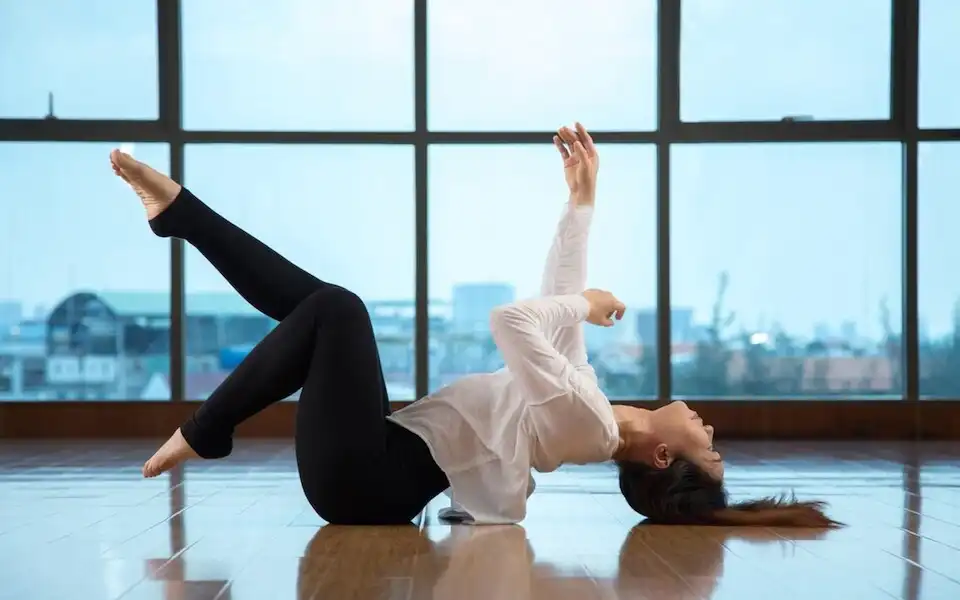
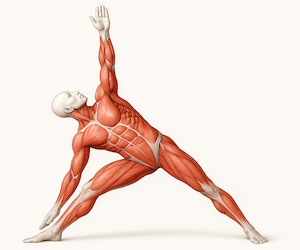
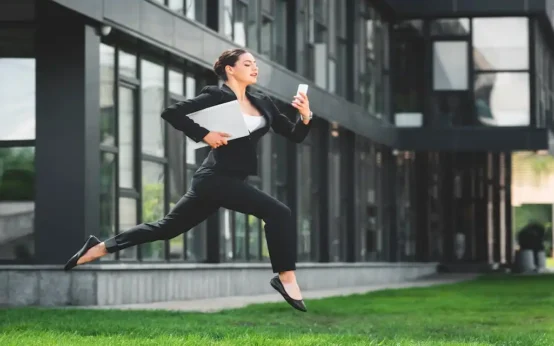 Fitness Tips for Busy Professionals
Fitness Tips for Busy Professionals  Importance of Hydration for Your Brain, Body, and Everyday Energy
Importance of Hydration for Your Brain, Body, and Everyday Energy 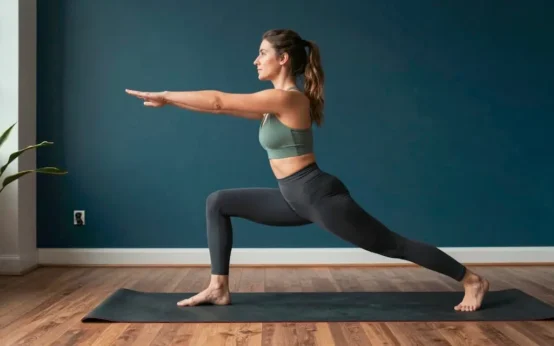 Beginner Cardio Workout at Home
Beginner Cardio Workout at Home  Healthiest Breakfast Cereal for Children
Healthiest Breakfast Cereal for Children 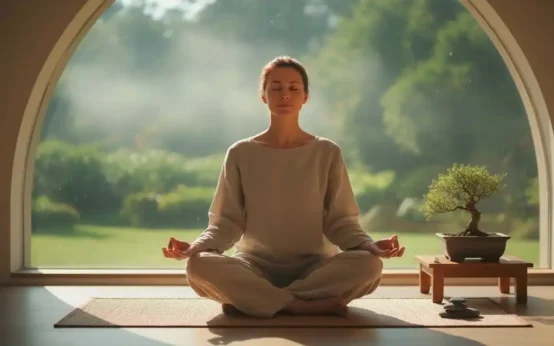 Anxiety Management Techniques
Anxiety Management Techniques 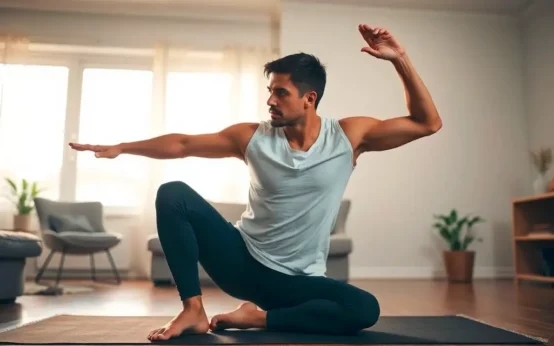 10 Stretching Exercises to Increase Height
10 Stretching Exercises to Increase Height